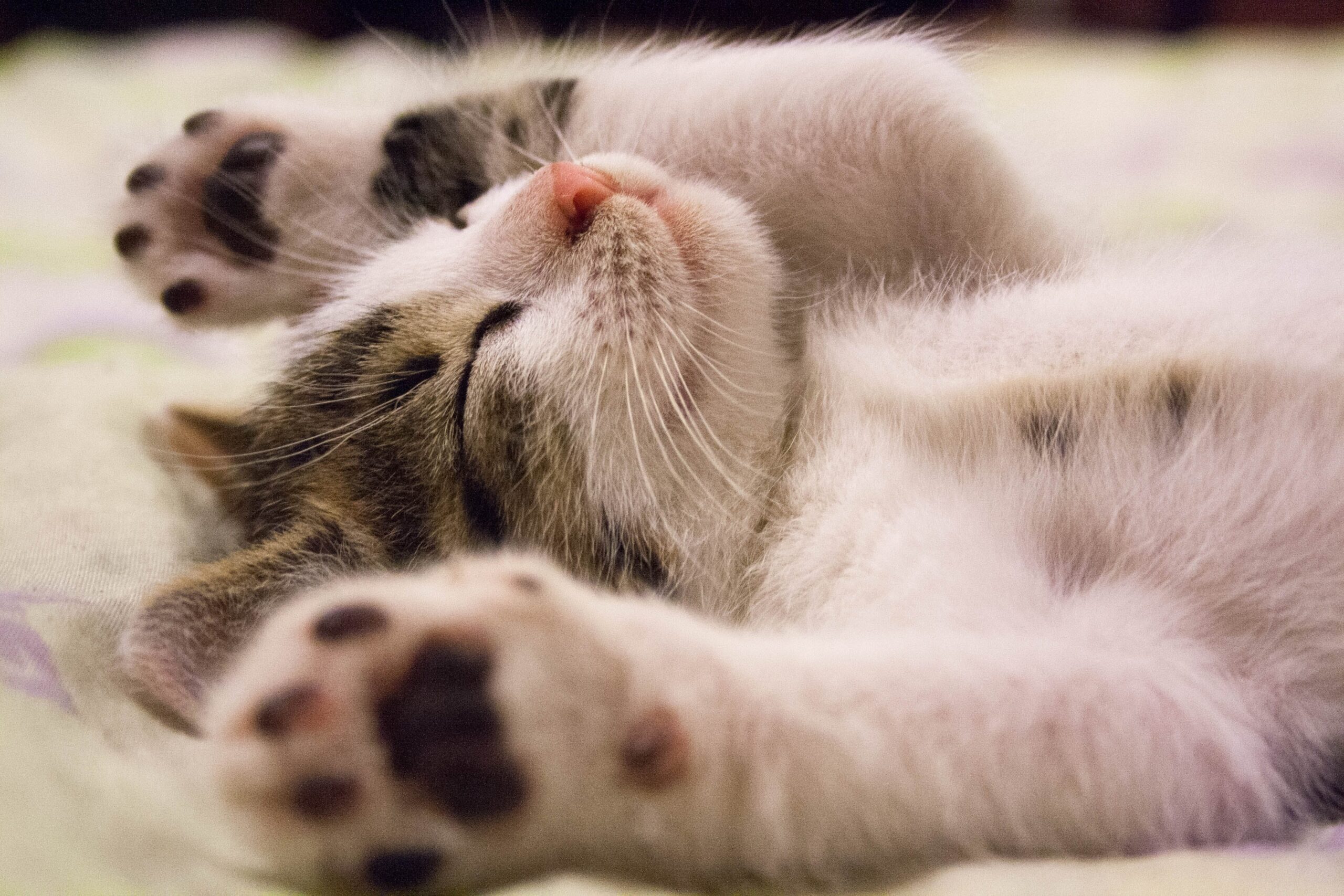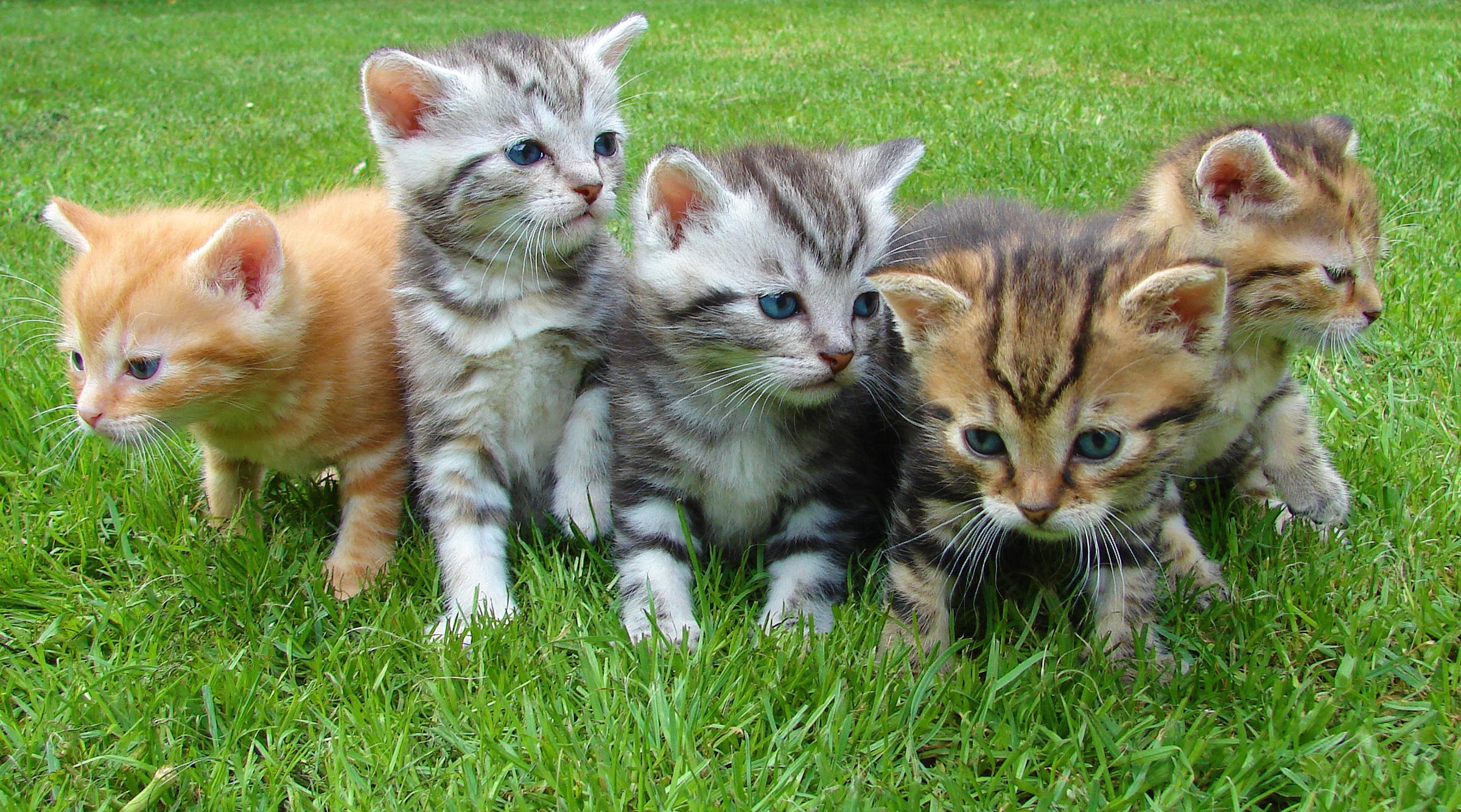-
Canine Parvovirus: How to protect your dog from Parvo virus and Parvo treatment
Canine parvovirus type 2 (CPV-2) is the pathogen responsible for canine parvovirus infection, a highly transmissible illness. There are several CPV-2 strains, and they all cause comparable symptoms. The illness they induce is referred to as “parvo.” After being identified in the 1970s, this virus quickly started to pose a major risk to the health of dogs. This is mainly due to the fact that the virus is very infectious, difficult to eradicate, may survive for a long time in the environment, and frequently results in death if treatment is not received. For this reason, the parvo vaccination is regarded as essential for dogs and pups. Even though the risk…
-
Cat Parvovirus (Feline panleukopenia virus, Feline Distemper): Signs, symptoms, Treatment, Care
Feline distemper, sometimes called the feline panleukopenia virus, is a highly contagious and potentially fatal viral illness that affects cats. It mostly affects kittens and unvaccinated cats, and if left untreated, it can be deadly. It shares a close relationship with the canine parvovirus, which is sometimes misidentified as the canine distemper virus. Transfer of cat parvo virus Whatever name you give it, though, it is an extremely infectious illness that affects cats and is present almost everywhere in the environment. But cats living in places like kennels, animal shelters, pet shops, and feral cat groups are more likely to get infected with the virus. Virus can remain viable in…
-
Cat Infectious Diseases: Signs, Symptoms And Treatment
As an owner, we should have to take care of our pets. Vaccination is best method to prevent your pet either it’s dogs, cat, horse, parrot etc. But, we will discuss today about cat different viral infections. Cats are vulnerable to a range of viral illnesses that can negatively impact their well-being. Among the prevalent viral illnesses in cats are: Feline Panleukopenia: Feline panleukopenia often known as feline distemper, is a highly transmissible viral illness brought on by the feline parvovirus. Signs and symptoms: Fever, diarrhea, vomiting, drowsiness, and a reduction in white blood cells are among the symptoms. Treatment: Antibiotics to stop subsequent infections, hydration therapy, and symptomatic treatment…
-
How To Pet a Kitty
Both you and the cat may find great joy and satisfaction in petting a cat. To assist you in petting a cat in a way that the cat finds comfortable and delightful, follow these steps: Be patient and calm while approaching Cats can become agitated easily or startled by loud noises. Give the cat some time to process your approach by being calm and kind. Allow the cat to come to you Allowing the cat to approach you instead of going for it right away is frequently a wise decision. Hold out your hand and let the cat to come closer so they may smell it to become acquainted with your…




